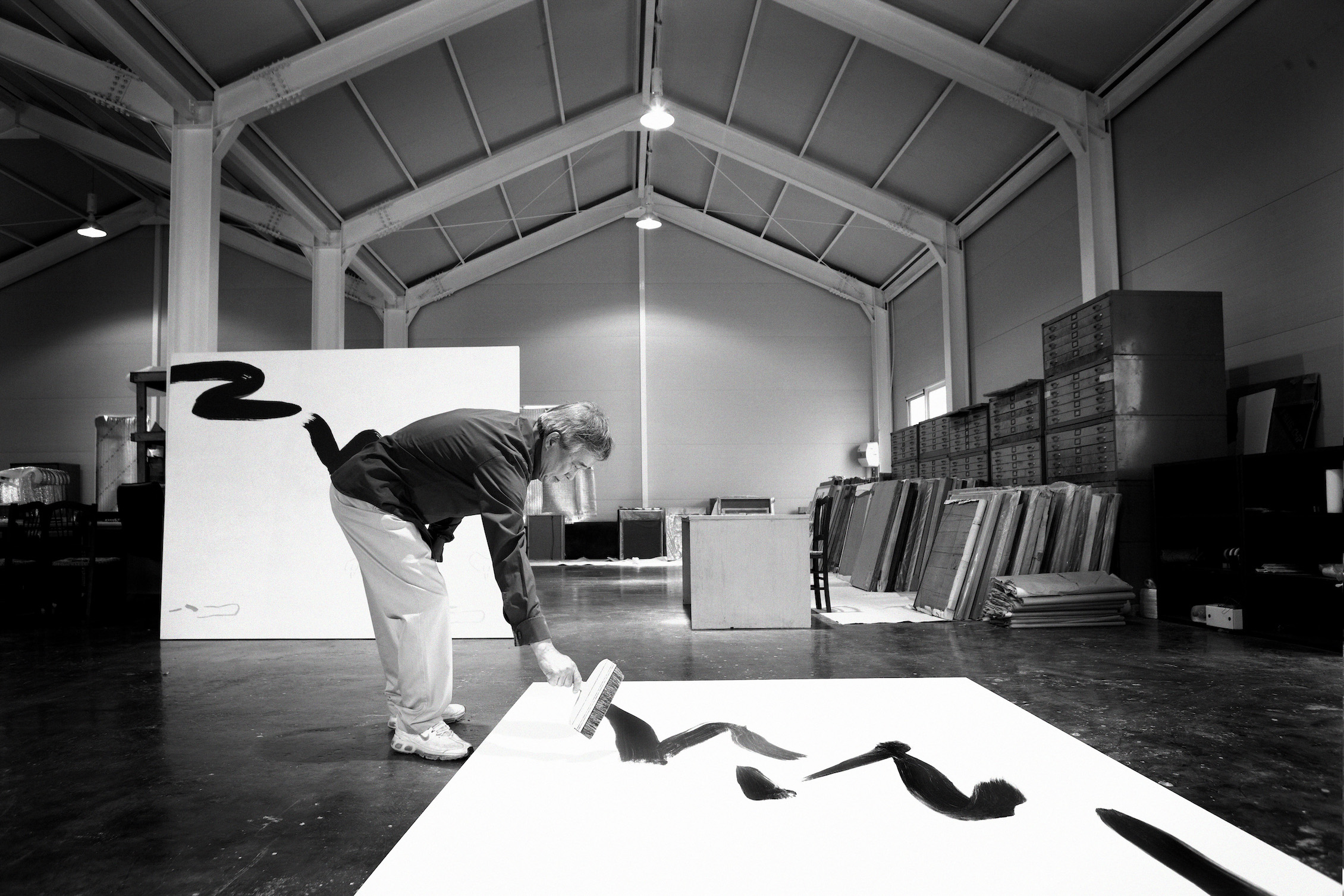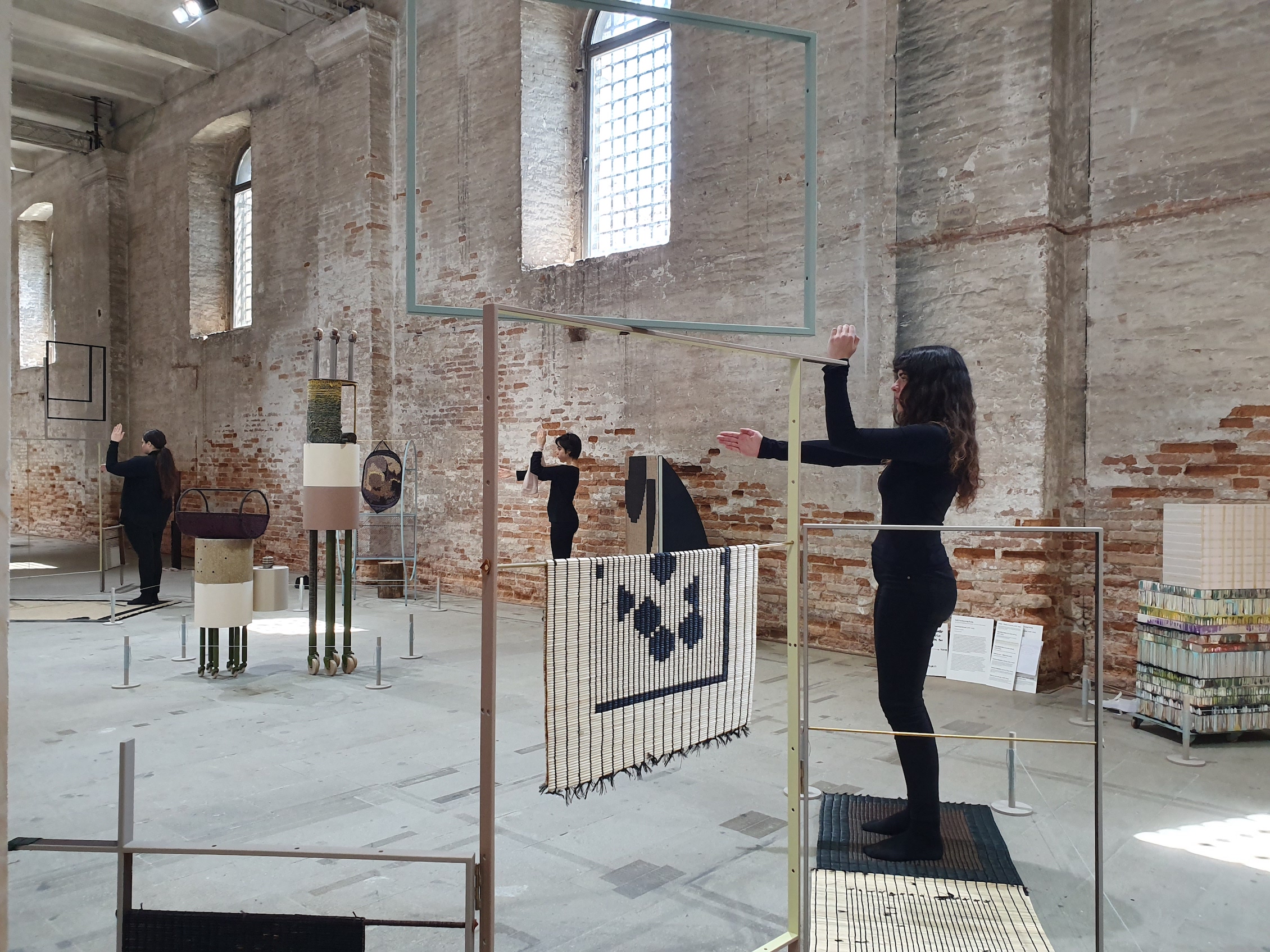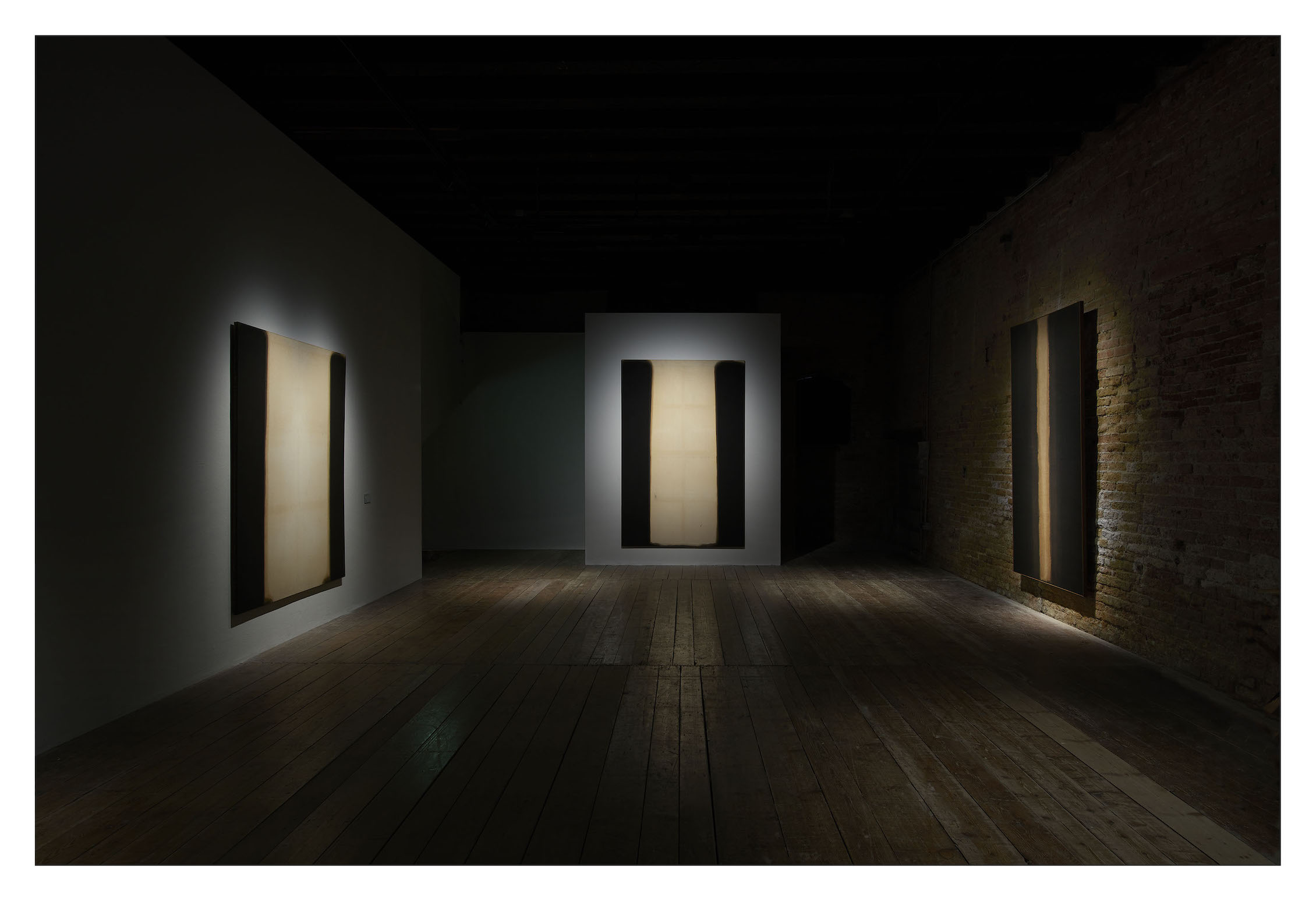
The Venice Biennale is an international expedition—so noting artists from across the world may seem a bit like pointing out the obvious. However, with the inclusion of three Korean women artists in Ralph Rugoff’s main show, May You Live in Interesting Times, and a few off-sites of other major Korean artists, the work put into increasing the exposure of contemporary Korean art (across the entire of the global landscape) is paying off.
At the very least, international curators and collectors are recognizing South Korea’s wealth of contemporary and Modern artists, all of whom are on par with the boldfaced names more familiar to international audiences. Inclusion in the Biennale’s main show is certainly linked to career success and recognition, but as galleries and collectors also orchestrate off-sites of importance, these opportunities become their own symbols of stature.
South Korea is a relatively young country in its current form, a modern industrialized nation with the 11th largest global economy. It also has a long, ongoing tradition of art and culture—especially contemporary artists who’ve been working in dialogue with both their own vernaculars and more international modes of art making. Now, Korean artists are being exported to the West and global collectors are snapping up works—beyond just the market-hot Dansaekhwa (a style of monochrome paintings that emerged in Korea in the 1970s)—by the likes of Anicka Yi, Lee Bul and Suki Seokyeong Kang (who are, in fact, the artists selected by Rugoff for May You Live in Interesting Times).
Beyond just the main show, Seoul’s Gallery Hyundai has taken over Palazzo Caboto, Palazzo Cabato, nestled right between the Arsenale and Giardini; meanwhile, the National Museum of Modern and Contemporary Art, Korea (MMCA) has staged a huge retrospective of Yun Hyong-Keun in the Palazzo Fortuny, in what used to be the grand site of Axel Vervoordt’s beloved cross-disciplinary transhistorical expositions. To best familiarize yourself with the big names coming out of Korea, here are five artists showing at the 58th Venice Biennale—this isn’t the last time you’ll see them on an international stage.

Anicka Yi No stranger to the biennial circuit, Anicka Yi is a household name in the West, best known for large-scale, scent-heavy installations combining biological materials that rot or decay over time, leaving quite the memorable impression and implicating the body and its senses. In Venice, her installation of stretched kelp-based glowing globes, Biologizing the Machine (tentacular trouble), recalls skin or leather, even embryos; Yi makes a connection between the origin of human life and the sea. Never forget we all emerged from water.
Lee Bul There’s been chatter around South Korea that there are no current “art stars,” with Nam June Paik still claiming the title of the most well-known artist to emerge from the peninsular nation. Lee Bul, however, might be a contender for who’s next (though another Lee, Lee Ufan, who exhibited in the 57th Venice Biennale, certainly has a case). Bul, known for her experiential installations that often involve mirrors, as well as haunting sculptural creatures of your worst nightmares, actually showed at Rugoff’s Hayward Gallery last year. This time, Rugoff has included one of those previously exhibited pieces, “Scale of Tongue,” a phantasmagorical reflection on the tragic Sewol Ferry disaster of 2014, as well as the velvet-based painting “Untitled (Willing To Be Vulnerable — Velvet #6 DDRG24OC).” The third piece, untitled as of this writing, is a 13-foot installation of barbed wire retrieved from the Korean Demilitarized Zone, following the recent military agreement between North and South Korea in 2018.
Suki Seokyeong Kang Though perhaps not as well known as Yi or Bul, that shall soon change for Suki Seokyeong Kang, whose work consists of powerful sculptures and equally powerful performances that utilize them. Take Grandmother’s Tower—on view inside the Giardini—her signature pieces that, the artist has explained, come from watching her glamorous grandmother age and begin using a walker. Rather than a depressing representation, Seokyeong Kang’s sculptures allow for life and movement to thrive, and capture the magic of the human condition.

Lee Kang-So Revered in Korea as a Modern master alongside his former collaborator and longtime friend Park Seo Be, Lee Kang-So paints, sculpts, performs, and photographs. Though he’s been lumped in with Dansaekhwa artists, he vehemently denies the association. Gallery Hyundai has set up in Palazzo Caboto with Kang-So’s exhibition Becoming and brought his continuing reed-based series, Void, which began in 1971. Kang-So paints high-grass reeds white, playing with depth, perception and notions of permanence and nature. Hyundai has also brought Lee’s Chicken Performance, as the piece is often called, wherein he ties chalk to a fowl who runs around the gallery, leaving markings on the ground. In addition, you’ll find his recent paintings that also rely on chance or, as the artist explained to Cultured, just letting the brush move as it wishes, spontaneous action met by a clear mind.
Yun Hyong-Keun The Venice Biennale marks the first international exhibition of this late Dansaekhwa master who, despite having resonance within Korea, hasn’t yet become as popular outside of it. Now, with the combined support of the Korea Foundation, the MMCA, and the Civic Museums of Venice (MUVE), Yun Hyong-Keun debuts in the beloved Palazzo Fortuny, with 60 works spanning his 50-year career. Once imprisoned for being a political dissenter, and nearly shot dead by a death squad, Hyong-Keun only decided to commit to painting from 1973 onward; he saw his work as “a gate between heaven and earth.” Following his passing in 2007, other artists retrieved works from his studio, some of which are also on view here.










 in your life?
in your life?

